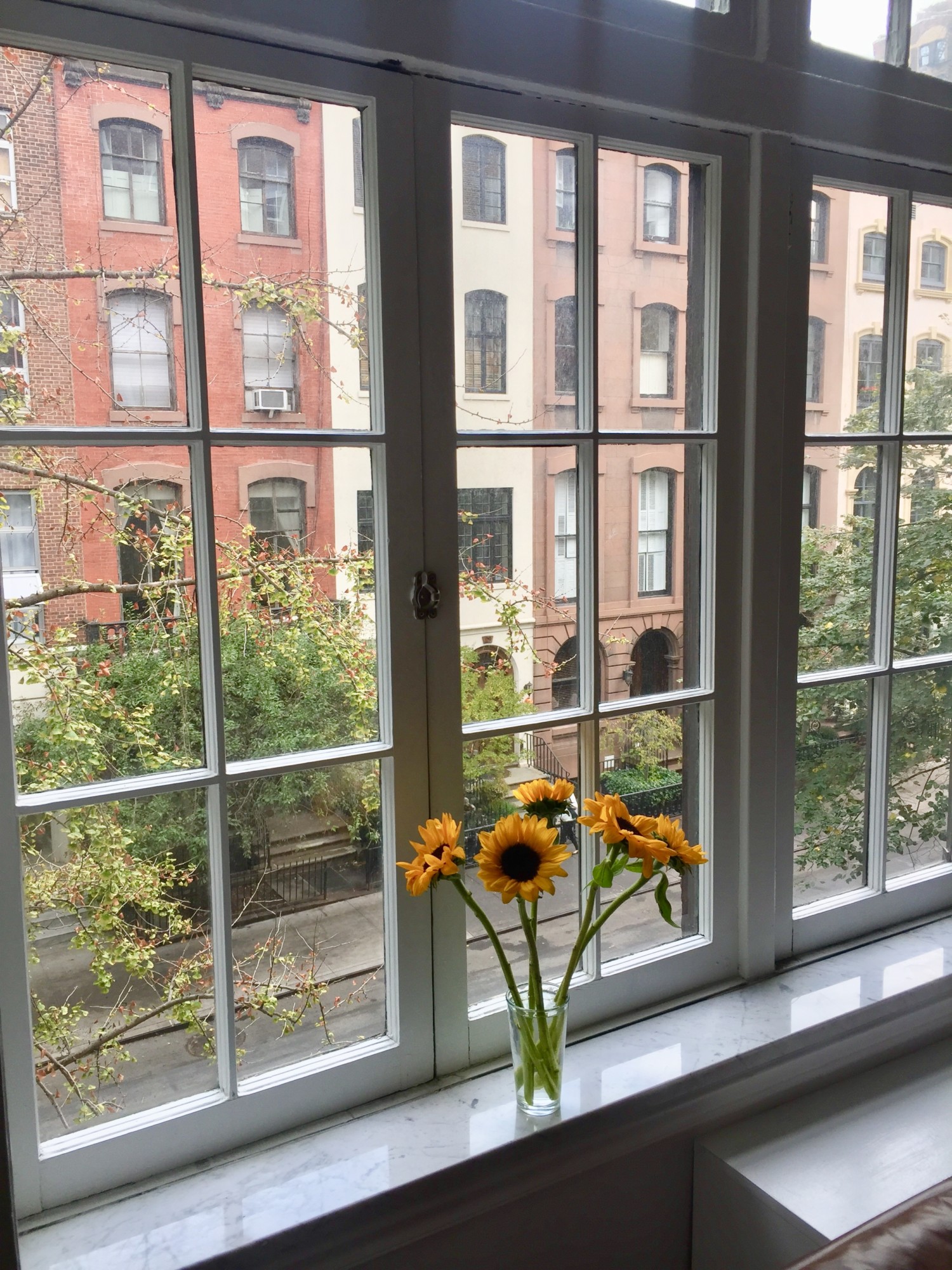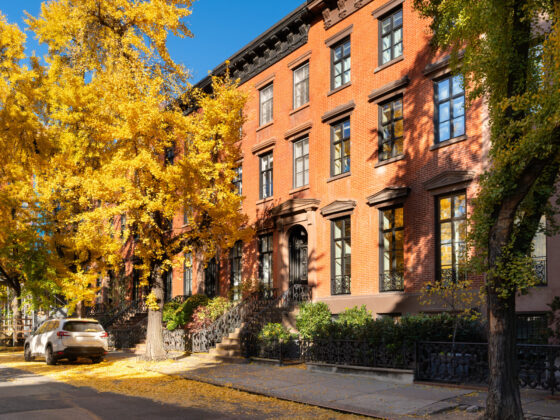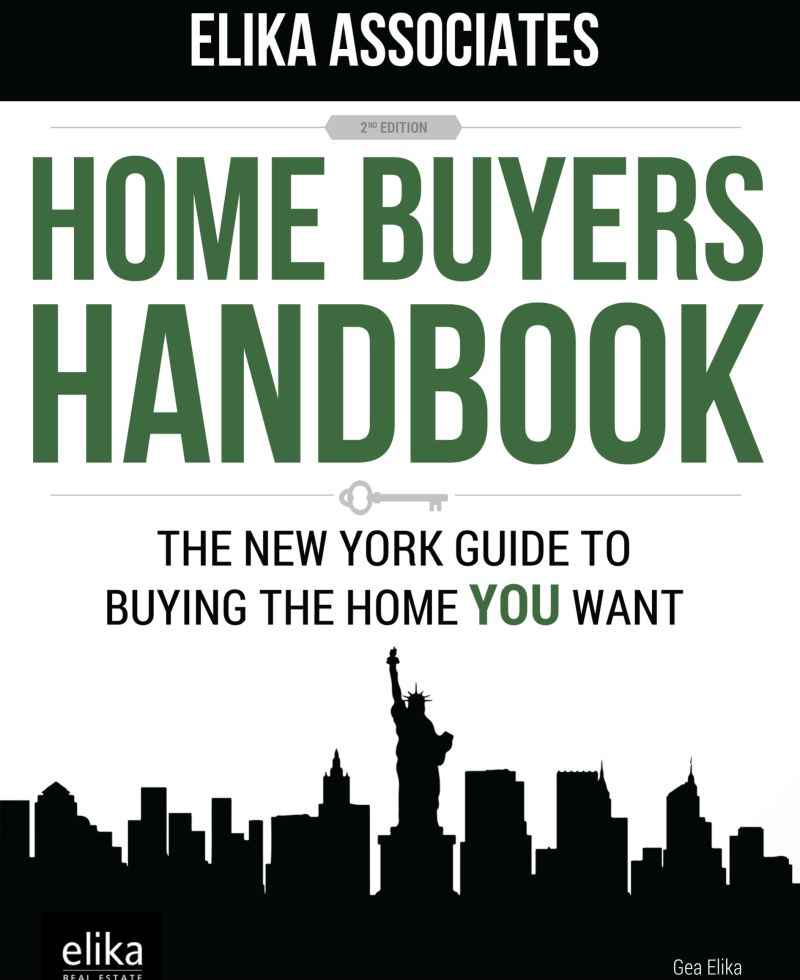Many outsiders view New York City as filled with towering skyscrapers. While the city’s skyline is filled with these tall buildings, many smaller co-op or condo building options exist. However, there are advantages and disadvantages, financial and personal, to consider.
While you may have an initial preference, it is good to decipher the pros and cons to make a fully informed decision.
Small Building AdvantagesSmall Building Advantages
We have seen an attraction for many buyers to boutique buildings, creating a scarcity value. You could find selling your unit in a small building easier and more profitable. Your apartment also faces less competition from sellers than in a larger building. This adds up to a higher price and faster sale, all else equal. Of course, you must look out for overpaying, mainly since comps could be stale.
A small building affords you a modicum of privacy. Some appreciate the character that comes from a small building.
You may also experience lower monthly maintenance if your small building is a self-managed co-op or condo with no management company and hence lower expenses.
A minor construction will appeal to you if you appreciate this type of living, which extends to seeing your neighbors more regularly. A small building may also mean fewer restrictions, including house rules that govern everyday behavior. Due to the lack of bureaucracy, a rule change or a significant renovation will likely get done quicker in a small one.
Small Building DisadvantagesSmall Building Disadvantages
A bank may approve your mortgage quicker in a larger, well-established building than it knows since your lender approves you and the building.
You may face a special assessment in a smaller building if the building needs a significant repair. A larger building may have stronger finances and reserves. But, if that is not the case, the assessment is spread over a larger number of owners, easing your burden, even if the total cost is higher.
The maintenance staff is typically larger, and the building could have its dedicated superintendent. This should translate into having any issues repaired quickly.
It is not unusual for larger communities to have more impressive amenities and services. If you prefer knowing there is a 24/7 doorman, a large construction is more likely to have one. Other facilities could include a pool, gym, and luxurious amenities. The cost for each tenant is typically not markedly higher.
Final choiceFinal choice
While financial considerations are necessary, the decision often comes to a personal one. Are you the type of person that enjoys interacting with your neighbors? Or, would you rather not bother?
A bigger building likely has more significant financial resources and oversight, but a smaller one typically offers more flexibility in your day-to-day living. You may also want a higher voice in your building’s management, which comes with living in a smaller one. A larger structure is more suitable if you prefer to leave the management decisions to others.








